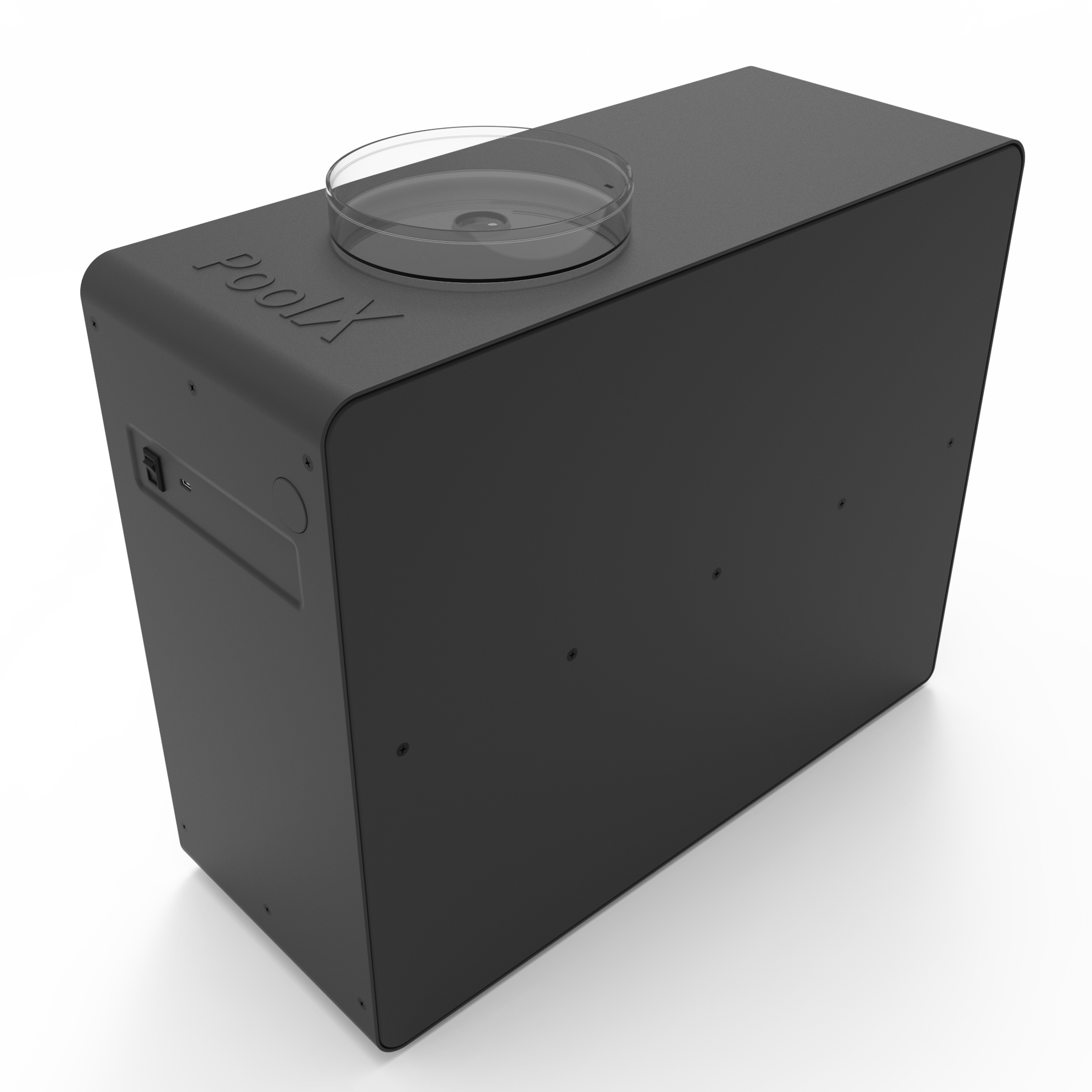
How to Add Baking Soda to Pool for Better Balance?
Share
Keeping your pool's water chemistry in check is crucial for a safe and enjoyable swimming experience. One way to achieve the right balance is by learning how to add baking soda to pool. Baking soda, or sodium bicarbonate, not only helps in maintaining pH levels but also acts as a stabilizer for total alkalinity.
This article is designed for tech professionals and enthusiasts who may be exploring the intersection of technology and pool management. We will delve deeper into the science of water chemistry, the practical aspects of pool maintenance, and the specific steps to effectively add baking soda to your pool.

Why Baking Soda is Essential for Your Pool
Baking soda is a multi-functional star in pool chemistry. Heres why:
- pH Balance: Keeping your pool's pH level between 7.4 and 7.6 is key for swimmer comfort and equipment longevity.
- Total Alkalinity: A higher alkalinity prevents rapid pH changes, which can lead to issues.
- Water Clarity: It helps in keeping the water crystal clear, making it aesthetically pleasing.

How Does Baking Soda Work?
When added to pool water, baking soda increases the alkalinity, which in turn buffers the pH. This means you wont have to deal with constant fluctuations in your water chemistry, providing a more stable environment for swimming. With an understanding of how to add baking soda to pool, you not only contribute to the water's balance but also protect your pool's infrastructure.
What You Need
- Baking soda: Look for a product specifically labeled for swimming pools.
- Pool test kit: To measure pH and alkalinity levels.
- Bucket or container: For mixing the baking soda with water.
Steps to Add Baking Soda to Your Pool
- Test Your Water: Start by checking the water's pH and alkalinity levels using a pool test kit.
- Calculate the Amount Needed: Generally, you will need about 1.5 pounds of baking soda for every 10,000 gallons of pool water to raise the alkalinity by 10 ppm.
- Dissolve in Water: In a bucket, mix the appropriate amount of baking soda in water to create a slurry.
- Add to Pool: Pour this mixture around the edge of the pool while the pump is running to evenly distribute it.
- Retest After 24 Hours: Check the alkalinity and pH levels again to ensure they are at the right levels.

Maintaining Your Pool Chemistry
Regular maintenance is essential for any pool owner. Apart from learning how to add baking soda to pool, familiarizing yourself with other aspects of pool care is beneficial:
FAQs
How often should I add baking soda to my pool?
This depends on your pool usage and outdoor conditions, but regular testing every few weeks can help you determine when it is necessary.
Can I use regular baking soda from the store?
Yes, but ensure that it is pure sodium bicarbonate without any additives.
What is the ideal total alkalinity level for pools?
The ideal range for total alkalinity is between 80 and 120 ppm (parts per million).
Conclusion
Learning how to add baking soda to pool is a critical skill for pool maintenance. With just a few simple steps, you can ensure your pool remains a safe and enjoyable space for relaxation and leisure. Additionally, visiting resources like pool value assessments can provide insights into your investment in a pool.
As an Amazon Associate, I earn from qualifying purchases.
